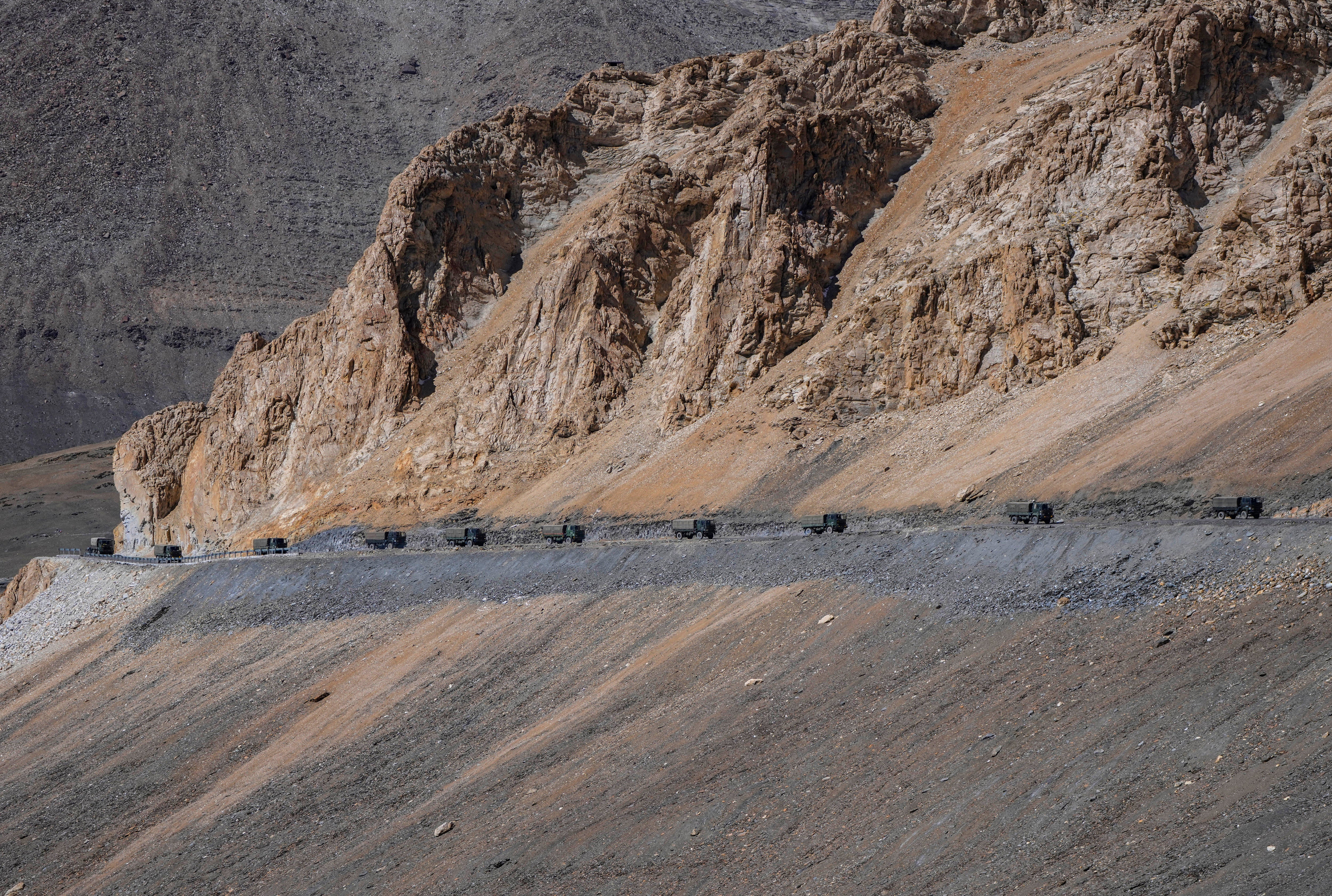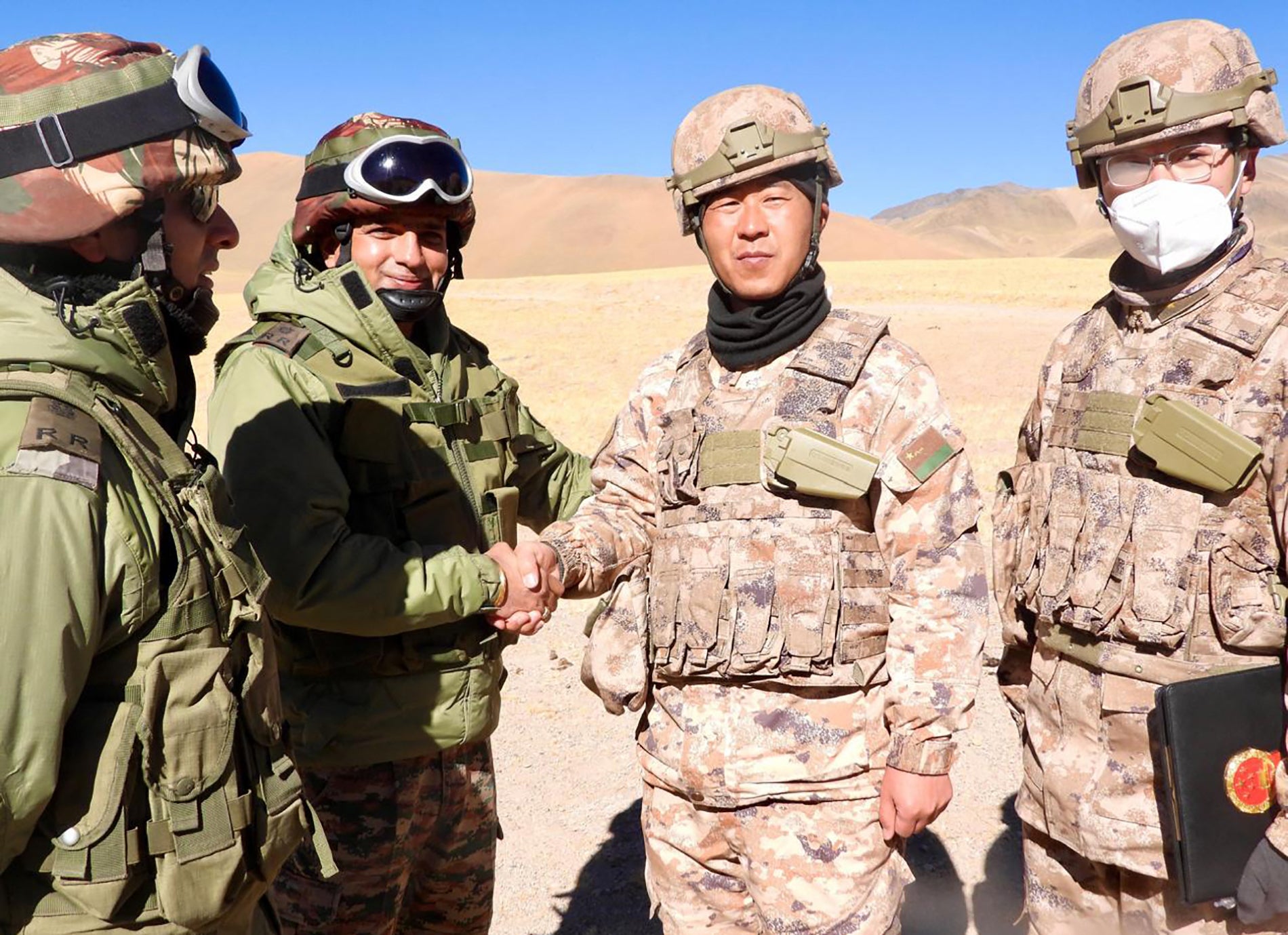India plans to turn some of its most remote battlefields into tourist destinations
Experts raise concerns about safety and security implications of encouraging visits to places like the Siachen Glacier, Kargil and the Galwan Valley
Your support helps us to tell the story
From reproductive rights to climate change to Big Tech, The Independent is on the ground when the story is developing. Whether it's investigating the financials of Elon Musk's pro-Trump PAC or producing our latest documentary, 'The A Word', which shines a light on the American women fighting for reproductive rights, we know how important it is to parse out the facts from the messaging.
At such a critical moment in US history, we need reporters on the ground. Your donation allows us to keep sending journalists to speak to both sides of the story.
The Independent is trusted by Americans across the entire political spectrum. And unlike many other quality news outlets, we choose not to lock Americans out of our reporting and analysis with paywalls. We believe quality journalism should be available to everyone, paid for by those who can afford it.
Your support makes all the difference.Tourists may soon gain access to some of India’s most famous recent battlefields, such as the icy Siachen Glacier, the Kargil war zone, and the Galwan Valley.
General Upendra Dwivedi, the Chief of the Army Staff, said the military is working to allow visitors to see these historically significant, if inhospitable, places.
“We are opening battlefields, including Kargil and Galwan, for tourists to allow them to get first-hand experience,” Gen Dwivedi was quoted by news agency PTI as saying during a lecture at the Savitribai Phule Pune University on Wednesday.
Tourism in the Himalayan border region has seen exponential growth in recent years, he said, and 48 locations have been picked for further development.
The military has launched initiatives such as the “Soul of Steel” trek in Uttarakhand and trained local villagers in mountaineering and adventure sports to promote border tourism, he added.
The Siachen Glacier, the world’s highest and coldest battlefield, and Kargil in Kashmir, the site of a 1999 conflict with Pakistan, hold great historical and geopolitical significance for India.
The Galwan Valley, where 20 Indian soldiers died in a clash with Chinese troops four years ago, is still involved in an active border dispute with Beijing despite the two countries recently announcing measures for deescalation.
“Now, you are allowed to climb to Tiger Hill and see the battlefield,” Gen Dwivedi was quoted as saying by The Tribune earlier in September, referring to one of the sites of the Kargil conflict.

Clarifying the intention behind opening up “areas that are inaccessible”, he said that “infrastructure and habitations will deter any claims being made”, in an apparent reference to disputed territory especially along the Line of Actual Control with China.
The move to open up strategic border areas for tourism comes almost a month after India and China announced they had reached an agreement on military patrols along the disputed Himalayan boundary, marking a significant step towards resolving a standoff that began after the clashes in 2020.
India and China share a 3,488km border which runs from Ladakh in the west to Arunachal Pradesh in the east. China holds a large piece of territory called the Aksai Chin in Ladakh, which it won during the 1962 war with India, and claims Arunachal as part of the province of Tibet.
Relations between the neighbours hit a new low in July 2020 after at least 20 Indian armymen and four Chinese soldiers died in a clash in the Galwan Valley in Ladakh. It was the first time in 45 years that a clash on the border had led to fatalities.
The clash quickly turned into a standoff, with both sides stationing thousands of military personnel backed by artillery, tanks and fighter jets along the border.
Gen Dwivedi’s announcement has sparked mixed reactions. While some observers regard it as a move to foster patriotism and awareness, others are concerned about the logistical and strategic challenges it may pose.
“Promoting tourism in these regions offers a firsthand account of what our soldiers endure in these hostile terrains,” Suyash Desai, who studies China’s defence and foreign policies at the Observer Research Foundation, told The Independent. “It is an opportunity to celebrate their sacrifices and modern history.”
Mr Desai also said the move could boost local economies through tourism. “It’s a smart way to integrate civilians with the realities of these regions while fostering awareness and economic growth.”
Shibani Mehta, senior research analyst at Carnegie India, emphasised alternative ways of honoring military sacrifices. “While visiting these sites could create powerful emotional connections to military history, traditional war memorials, museums, and educational programmes can achieve the same without requiring travel to remote, unsafe locations,” she said.
“The question becomes whether the additional impact of visiting actual battle sites justifies the risks and environmental impact.”
The military’s decision to promote tourism in places such as the Galwan Valley is not without its alterior motives, retired lieutenant general Rameshwar Roy said.
One could be to counter narratives about territorial loss to China in Galwan, he said. "This might be a way to validate to ordinary citizens that the claims of Chinese encroachments are exaggerated," he told The Independent.
He noted the inherent difficulty in civilian verification, however, as boundary demarcations are not physically visible nor are they easily interpreted by the untrained eye. The lack of markers or clear lines on the terrain underscores the complexity of such tours, making the initiative more symbolic than functional, he added.

The inhospitable terrain of these areas, with altitudes ranging from 16,000 to 18,000ft, raises questions about the feasibility of mass tourism.
"Even trained soldiers face immense challenges in these environments," Lt Gen Roy said, emphasising that civilians would need acclimatisation to avoid severe health risks, such as altitude sickness or heart conditions.
The lack of civil infrastructure further complicates matters as the military would likely have to step in for logistics and rescue operations during emergencies.
“And if our government permits, foreigners will also jump at it and then they all will come and surely we aren’t going to permit foreign tourists to come and take the terrain mapping of our border areas, you know,” he said.
Mr Desai acknowledges such concerns but trusts the military to handle them. “I am confident that proper care will be taken, such as designating specific routes and ensuring that sensitive geographical details are not exposed,” he said.
For him, the broader objective of establishing a permanent status quo along the disputed border is paramount. He cites China’s strategy of building settlements along the Line of Actual Control as a model for India to emulate.
According to news reports, China has been establishing new settlements along its borders, particularly in regions adjacent to India.
Termed “border guardians” by Beijing, these settlements are part of a broader strategy to bolster territorial claims and strengthen security infrastructure along the border.
More than 628 such villages have reportedly been built in Tibet along India’s border from Ladakh to Arunachal Pradesh. The dual purpose design of these villages, accommodating both civilians and soldiers, has sparked concerns in India’s military and strategic circles.
Mr Desai said by encouraging tourism and establishing settlements in the border areas, “India is effectively creating a new status quo, making it harder for adversaries to alter borders. It’s a necessary catch-up to China’s advances”.
“Even if it’s a revenue expenditure, the strategic advantage of creating a civilian presence in these areas is invaluable,” he said. “It’s a step towards making these borders more permanent.”
“Developing border villages is the surest way of securing our border belt,” argued Lt Gen Roy. “This is a far greater and bigger way than deploying security forces to secure our borders but government must take a commitment to do that, merely army assertions in this regard will not be enough.”

Join our commenting forum
Join thought-provoking conversations, follow other Independent readers and see their replies
Comments